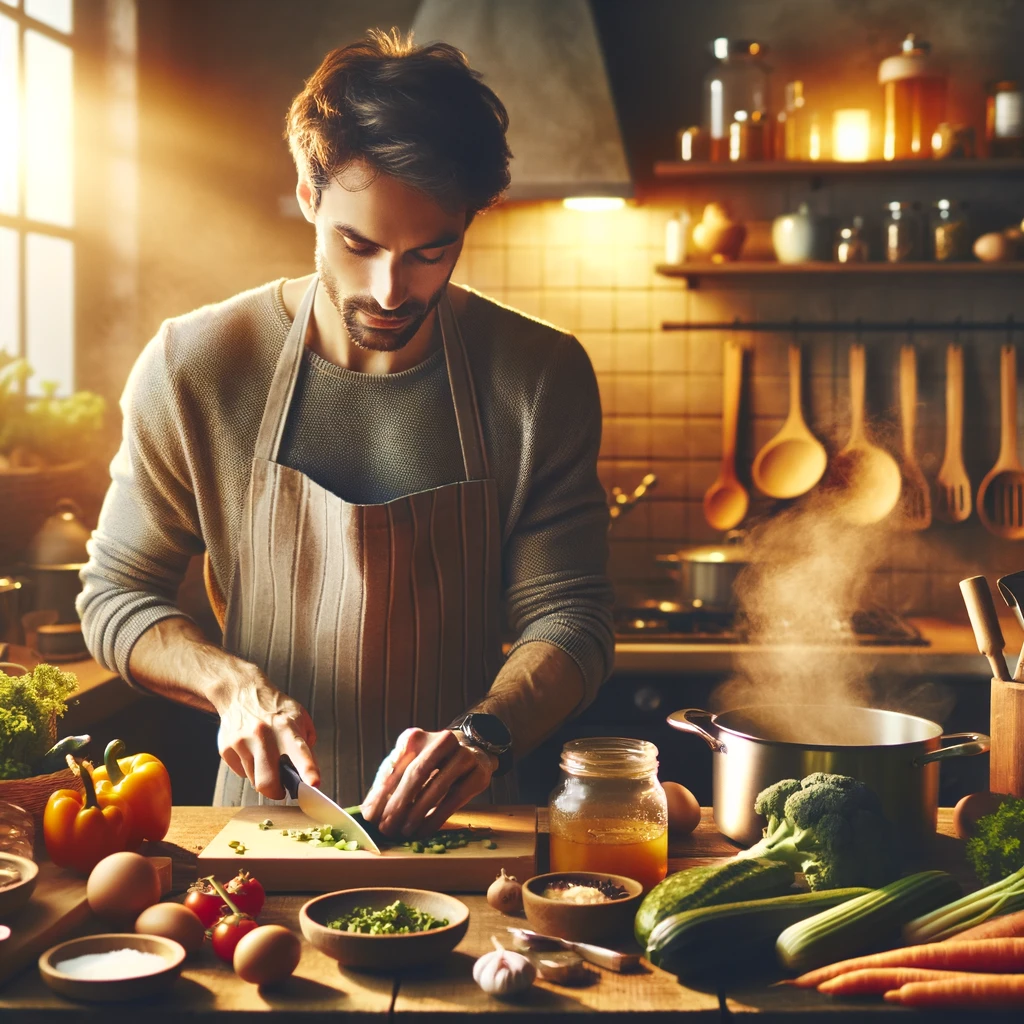
Before the rise of legal dispensaries for adult-use, the world of cannabis edibles was quite limited. The only options were often homemade, plastic-wrapped treats of uncertain origin and potency. This lack of choice and transparency is why many still conjure images of questionable cookies and brownies at the mention of cannabis edibles.
However, the landscape has dramatically shifted. Presently, consumers can choose from a vast array of cannabis-infused foods, snacks, beverages, and tinctures, all rigorously tested, accurately labeled, and securely packaged to ensure the safety of children and pets. The initiation of adult-use cannabis sales in California in 2018 further propelled an expanding market for edibles, offering an extensive selection from candy gummies to high-end culinary creations.
To truly appreciate this diverse offering, one must first understand how edibles function. Why does consuming cannabis in edible form not require ignition, and why does the effect take longer to manifest compared to smoking or vaping?
The key lies in our digestive system and a crucial process called decarboxylation. This journey through science simplifies the complex world of cannabis edibles.
Eating vs. Smoking Cannabis
The primary distinction between consuming cannabis through edibles and smoking lies in the absorption process. Cannabinoids from edibles must pass through the stomach and liver before reaching the bloodstream, leading to a delayed onset of effects. In contrast, smoking or vaping introduces cannabinoids directly into the bloodstream, resulting in a quicker high.
The Role of Decarboxylation
Decarboxylation is essential for activating the psychoactive components in cannabis. This process happens automatically when cannabis is smoked, as the heat from the flame activates these compounds. However, for edibles, decarboxylation must occur before consumption, typically through heating the cannabis in an oven. This step ensures that the psychoactive effects will be present when the edibles are consumed.
After ingestion, the liver processes the cannabis differently, converting it into 11-hydroxy THC, a compound potentially more potent than delta-9 THC. This transformation may explain the more intense effects experienced by some edible consumers.
Cooking with Cannabis

Infusing cannabis into a fat-based substance, like butter or oil, is a critical step after decarboxylation. Since cannabinoids and fats are both hydrophobic and don’t mix with water, THC dissolves well into fats when heated together. This process creates cannabis-infused ingredients that can be used in a wide variety of recipes.
The culinary world of cannabis is now richer than ever. Celebrity chefs and specialized cooking shows have introduced gourmet cannabis-infused dining experiences, highlighting the versatility and creativity in cooking with cannabis.
Innovation in Edibles
The market has evolved beyond simple sweets to include an array of sophisticated edibles and cannabis-infused beverages. Innovations such as “fast-acting” edibles, made possible through nano-emulsification, enhance the bioavailability of cannabinoids, offering tailored consumption experiences.
As the cannabis industry continues to innovate, the availability and variety of cannabis-infused products are expanding, ushering in a new era of consumption. The age of modern cannabis edibles is just beginning, blending culinary art with cannabis culture in exciting and innovative ways.
